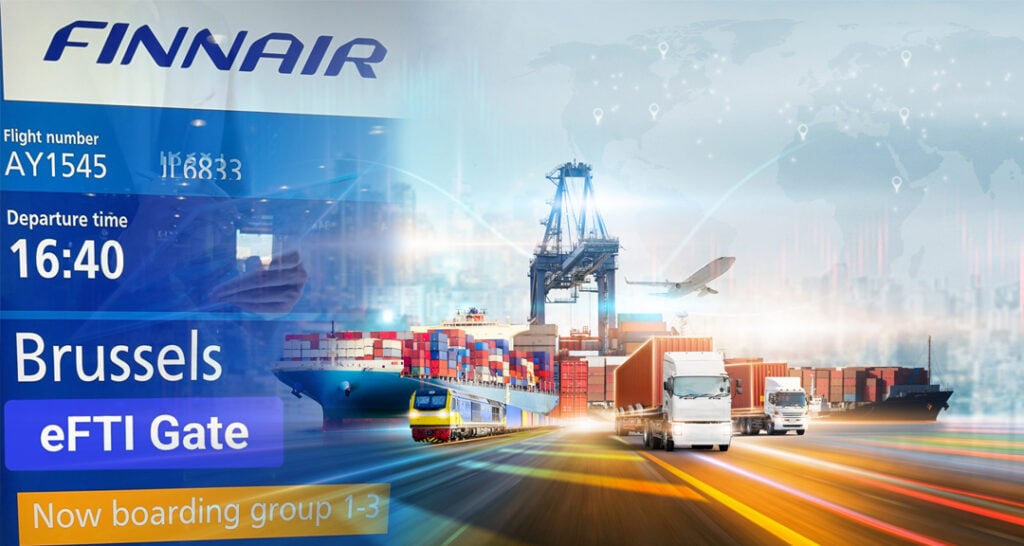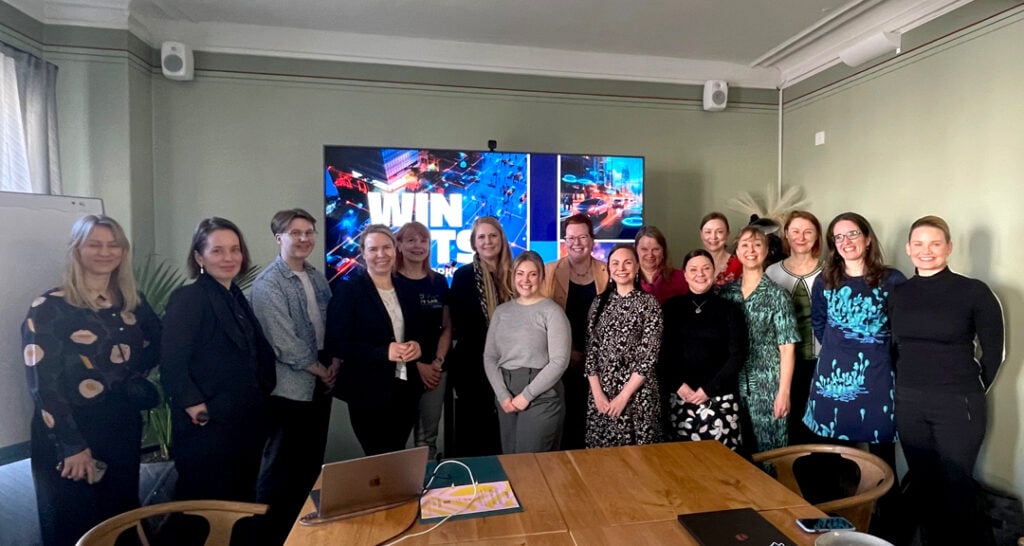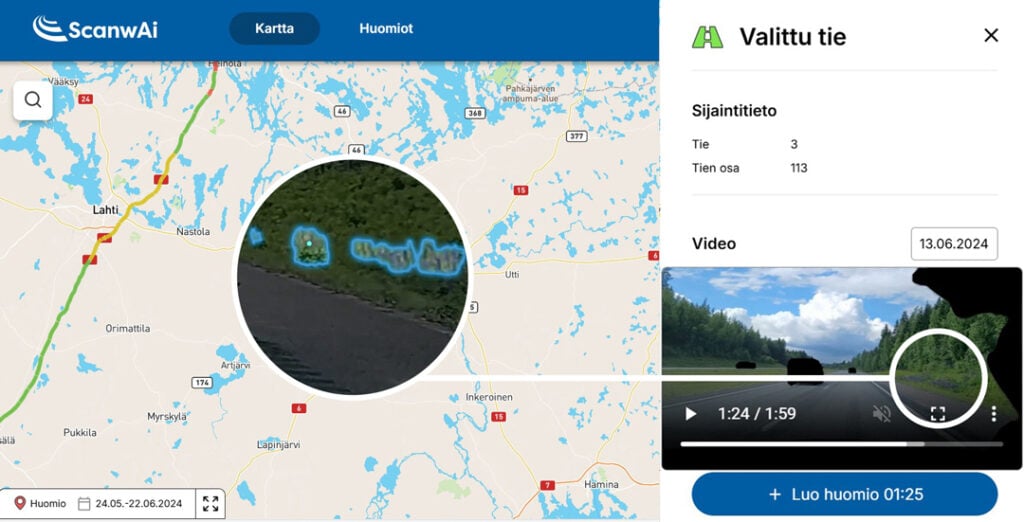
The 28th ITS World Congress was held in Los Angeles, California in September. I was lucky to be a part of this event by being a co-author in a conference paper I got to present there. Even having not visited the United States before I knew that the city planning across the pond is different compared to Finnish or European cities by being very car-centric. What I didn’t realize was that the car-centricity in the United States means that even the most famous pathway in the world, the Walk of Fame, actually had four lines for car traffic and street parking on both sides of the street.
Transport engineers and researchers are struggling with the problems caused by private cars: Traffic accidents, microplastics, particle emissions, inefficient land use, etc. Solutions offered to these problems often rely on new technology, but the root problem remains unsolved. Private motoring needs to be reduced and to achieve that alternative transport options need to exist and they need to be accessible, affordable, and safe for everyone.
Goal Zero – Pure imagination or achievable objective?
 Transport safety was the carrying theme of the congress. This is a problem especially in developing countries where traffic volumes rise exponentially but also in the United States where traffic deaths have increased during the past few years. Car-centric infrastructure is unsafe for pedestrians and cyclists, which is of course a global problem, but many of the experts in the USA are telling that the premises in their traffic system are unsafe. Exploiting new technologies and designing better infrastructure is making the transport system safer, but attitudes towards more vulnerable users of the transport system also need to change. Accidents between cars and pedestrians or bicyclists must not be normalized by accepting that they are something that just happens when the paths cross.
Transport safety was the carrying theme of the congress. This is a problem especially in developing countries where traffic volumes rise exponentially but also in the United States where traffic deaths have increased during the past few years. Car-centric infrastructure is unsafe for pedestrians and cyclists, which is of course a global problem, but many of the experts in the USA are telling that the premises in their traffic system are unsafe. Exploiting new technologies and designing better infrastructure is making the transport system safer, but attitudes towards more vulnerable users of the transport system also need to change. Accidents between cars and pedestrians or bicyclists must not be normalized by accepting that they are something that just happens when the paths cross.
Is technology a solution to a problem or should we all make changes?
The Exhibition Hall of the congress showed the state-of-the-art technology used in the intelligent transport system. In the future, traffic and pedestrian surveillance is made by AI using machine vision. For example, unauthorized parking can be registered and ticketed automatically. Multiple technical sessions introduced systems that can forecast traffic and control traffic lights so that congestion can be reduced. Digitizing lanes and curbs enhance land use by making use of streets more dynamic. Lanes could be used for driving during rush hours, as a parking space during the day, and as a patio in the evening. Spaces assigned for loading goods to commercial premises could be used only the times they are needed.

Automated Shuttles – State-of-the-Art
The paper I was presenting at the conference session, was a literature review of the pilot projects related to automated shuttle services. Today, urban mobility development is largely concentrated on public transport and new mobility services, such as micro-mobility or demand-responsive transport, and integrating the different services to enable effective travel chains. Electrification and automation are also changing private car use but generally, the focus is on public transport. This means that a significant deal of development activities in these areas are dealing with automated shuttles.
User acceptance is important for the implementation of the solution
Many of the pilot projects reviewed agree that generally, user acceptance for these solutions exists, although it differs a lot between the user segments. Surveys made usually show that passengers are feeling safe and secure traveling by automated shuttle and they have a positive attitude towards these solutions. However, it needs to be kept in mind that piloting of the automated shuttles is made mostly in a restricted environment with a safety operator either on board or online. When the actual traffic is added to the operational environment and the human driver is removed from the bus the user acceptance might change.
Business Models behind the solutions
To be able to commercialize the automated shuttle buses clear business models are needed. Currently, business models are not sufficiently taking into account different customer segments which means that all types of users are attempted to serve simultaneously. This is a limiting factor because different users have different needs and attitudes toward automated shuttles. Most of the pilots rely on subsidization which makes the financial feasibility questionable. At some point, a decision needs to be made on whether automated shuttles are considered services that are partly funded publicly or commercial services paid completely by the customer. More advanced business model development needs to be done and the view needs to be expanded from business models to business ecosystems. This allows examining the costs and benefits of automated shuttles to other actors in urban transport as well as to society and the environment.
The implementation in the Real World raises questions and concerns
The leap to the deployment of automated shuttles into real-life transport systems is still in the distant future and many of the major challenges are not resolved or even addressed. The Digital and physical infrastructure of the urban transport system needs major changes. Standardization needs to be accelerated and minimal requirements for infrastructure need to be defined to respond to the needs of automated driving and autonomous vehicles. Extreme weather conditions and unexpected behavior of human drivers seems to be the major challenge in autonomous driving. These same issues exist in the present transport system and overcoming them is not impossible, automation might even be the solution.
The further the future of automated driving is speculated the harder the issues seem to evolve. Can autonomous vehicles operate in the same environment as human drivers or should they be kept separate? Could professional drivers operate in the same environment as autonomous vehicles? Who takes responsibility if and when an accident happens?
The conference paper – Roine, M., Jääskeläinen, J., Ahonen, V. & Leviäkangas, P. 2022. Automated Urban Transport Systems – A Project-Oriented Review of the State-of-the-Art – will be published in the conference proceedings on October.
Valtteri Ahonen
Doctoral researcher



